I'm amazed that everyone has such trouble. Place the roll on cardboard (like the box that the batts come in). Use a sharp mat knife. It doesn't work to cut on a wood surface, as the knife doesn't penetrate the entire batt. But the cardboard allows the blade to go all the way through the insulation. You need to make a few passes, but it makes a fairly clean cut-off. Way simpler than doing it with a circular saw blade, and you can make the cuts right next to the wall (or ceiling) you are insulating.
Blog Post
Problems installing cotton insulation
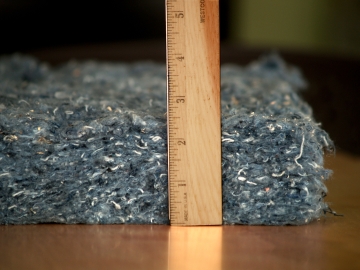
- It's too thin
- It's too wide
- It's hard to cut
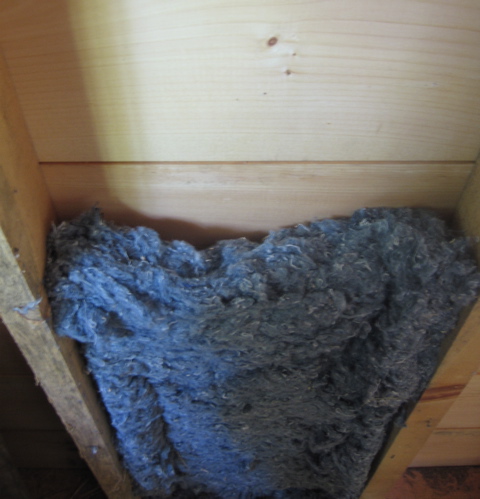
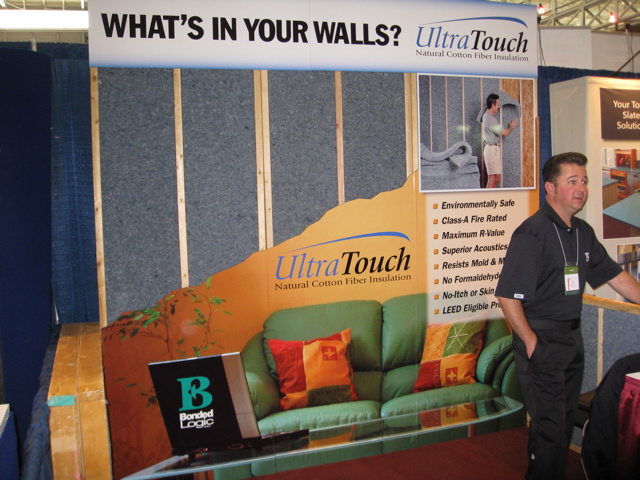
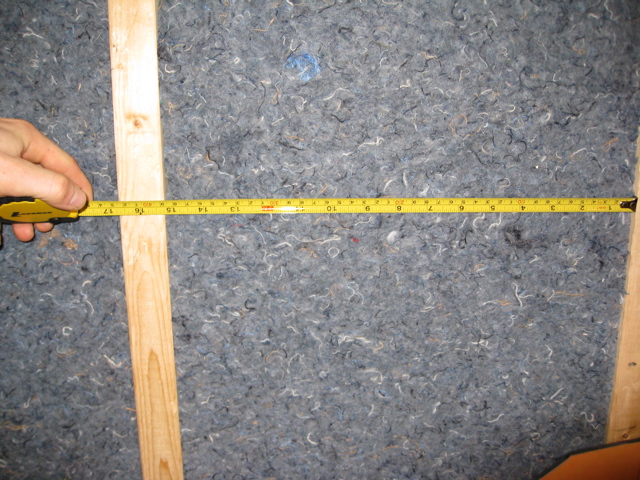
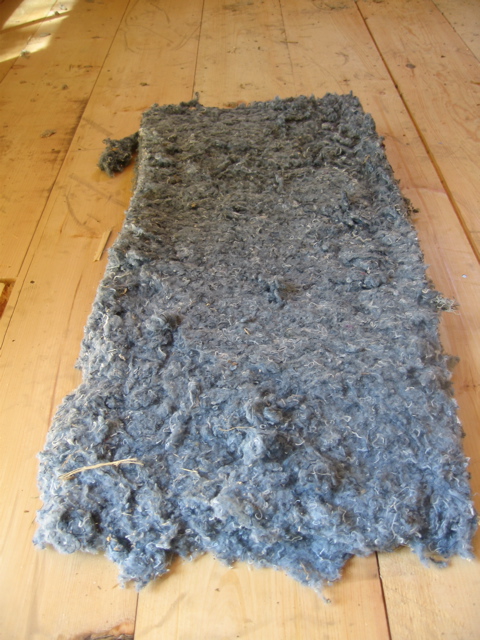
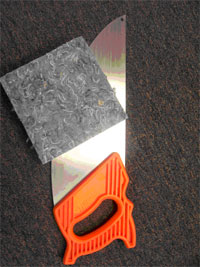
Published June 5, 2008 Permalink Citation
(2008, June 5). Problems installing cotton insulation. Retrieved from https://www.buildinggreen.com/blog/problems-installing-cotton-insulation
Comments
cotton insulation
I have used cotton on many projects and have never had a problem with it's size or installation . cutting used to be a problem at first but if you use a circular saw with standard blade cutting from both side problem solved .Better yet if you have a table saw portable type same thing easy as cutting anything . they also have cotton insulation blades you can buy ,but I use regular ones lot less expensive. cotton over fiberglass any day of the week much better product .
I am installing batts in a ne
I am installing batts in a new construction. I also had difficulty cutting the product. However, I then tried my skill saw with a mason blade and it works like cutting butter. It is great and has saved me much time. I highly recommend it. I also tried a metal cutting blade and that works gre4at as well. Putting these blase on a table saw makes width cutting very easy.
This is a fabulously written
This is a fabulously written article. Thank you for taking the time to offer a balanced - if critical - assessment of your experience with cotton batting. The photographs and accompanying textual explanation are hilarious. In addition to learning your story you had my wife and I laughing. Well done and thanks again.
The one criticism which may n
The one criticism which may not be accurate is the assumption that R-value decreases with increased density. It's always true that overall R-value will diminish when a batt is compressed, but most often the R/inch increases with additional density - contrary to what intuition might suggest. Why is foam such a high-R insulator? Because the air pockets are microscopic. Fiberglass batts rise considerably in R/inch with increased density, as the industry discovered when they shifted from low-density R-11 3½" batts to medium-density R-13 3½" batts (which is basically an R-19 batt compressed to 3½"). The semi-rigid fiberglass foundation drainboard has as much as R-4.3/inch because of its high density.
I thought the wider batt was
I thought the wider batt was helpful. I just installed UltraTouch into a vaulted ceiling cavity. I applied the R-19 batts over 2 inches over spray foam and found that the wider batt allowed me to pin to sides of the 6 inch rafters instead of trying to go through the foam.
architecture student here, wi
architecture student here, with many years experience of building... so, the complaint here is two-fold: too wide and too thin. If I were building a "cabin," and by that I assume you're implying it will be built in some kind of hostile environment, I would immediately recommend upping the insulation from R-13 to at least R-19 for better results. I myself am in the market for denim batt insulation, for a small building in an unforgiving environment and I have come across denim rolls with even R-30 value. As far as being too wide, I would much rather have a batt that was an inch wider, than one that would fit 16"o.c. but might have small gaps between it and the studs. I would personally rather have to "squish" the batt in than have to "stretch" it. Good luck.
As examined carefully by Buil
As examined carefully by Building Green, there are tradeoffs with all types of insulation. I installed UltraTouch insulation throughout my house during a full renovation and I can attest to the problems that the blogger documented, yet I thought many of them were due to the wacky framing in my house. The size problems are a valid concern and should be promptly addressed by Bonded Logic. The drop in R-value by missized insulation takes away from the indoor air quality and recycled content advantages that you gain from using the insulation. That being said, the cutting of the insulation wasn't a large problem for me. If you have a sharp knife (shown in picture) and a sharpener (both were provided free from my supplier) then it takes only slightly more effort than standard fiberglass insulation. Plus, its easy to rip around for obstructions.
One thing that is not adequately explained from the manufacturer is that, if you are installing a large amount of this insulation, you should still wear a facemask for comfort and health. Handling a large amount of the material generates a fair amount of the "blue" dust that can become quite irritating after prolonged exposure. After installation, I was covered from head to toe (especially my arms) in a nice coating of blue jean dust. Wear a mask, its worth it.
I am still installing Ultra T
I am still installing Ultra Touch Cotton Fiber into the interior walls of a new house, mostly for sound control. I have not had as much of a problem with how the batts fit in a standard cavity but it is much easier when you can work it in from both sides. I found the rebound loft to be very impressive, as good if not better then fiberglass.
Cutting this product however, is so difficult, I would never recommend it on a large job that needed to get done fast. It is exactly as though you were trying to cut through jeans that are over an inch thick and 8' long. If you said that to a seamstress you would probably see tears well up in her eyes. The only way to actually cut this stuff is a pair of 12" tin shears. It's slow and you will get blisters, but you can cut it straight and make it look like the demo at the convention.
hey i think you need to try m
hey i think you need to try mr. insulate< he is the most updated and earth friendly cotton product out there, less dust easy tear, no gloves or mask or stapler gun no long sleeves but most of all no fiberglass to hurt ur babies if they wonder in the room while your installing it
I found out that 16" insulati
I found out that 16" insulation is needed when you use metal framing. This allows it to be friction fit into the cavity (which is 15 7/8") when the studs are 16" on center. The reason for the extra space in the cavity is because of c-channel design of the framing adds almost an extra 1 1/2" to the cavity.



Add new comment
To post a comment, you need to register for a BuildingGreen Basic membership (free) or login to your existing profile.